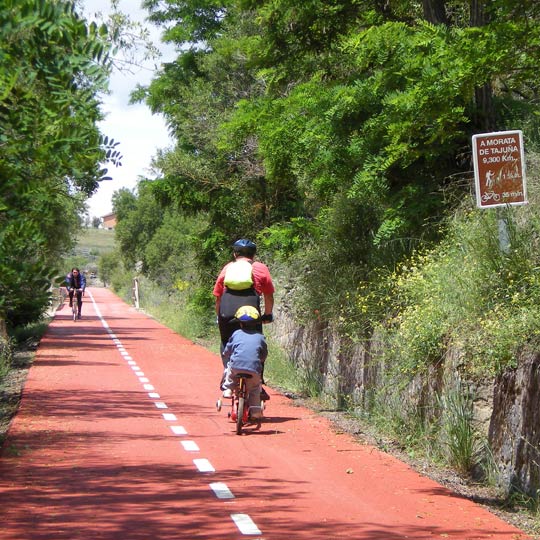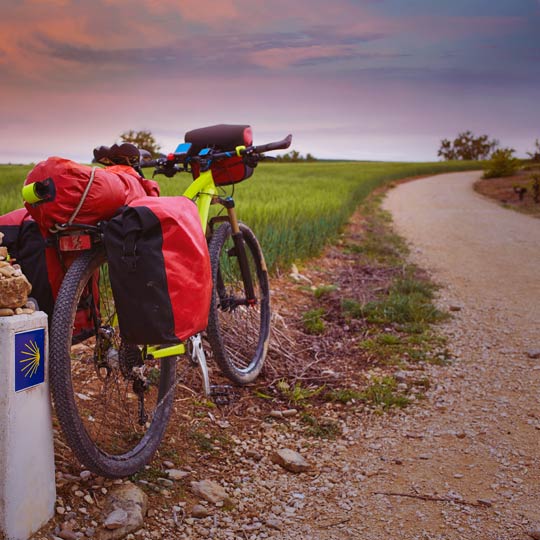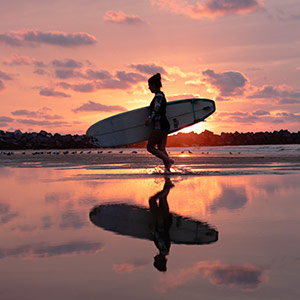WHY SPAIN
Spain's weather makes it easier to travel around on your bike practically all year round.In Spain, you will find routes through natural spaces and paths for all levels. The stunning landscapes around you are truly worth it. In fact, Spain is the country with the most Biosphere Reserves (55), not to mention its 16 National Parks, as well as some of the most beautiful and best signposted routes in Europe (such as the Way of Saint James, where you can even find hostels that are free of charge). On many routes, you cycle through destinations of cultural and gastronomic interest. Spain has many charming and very quiet villages to explore on a bike (both on the coast and inland).










